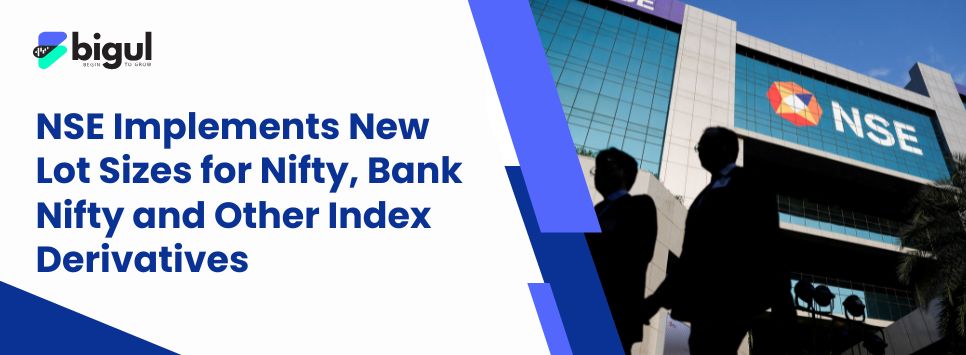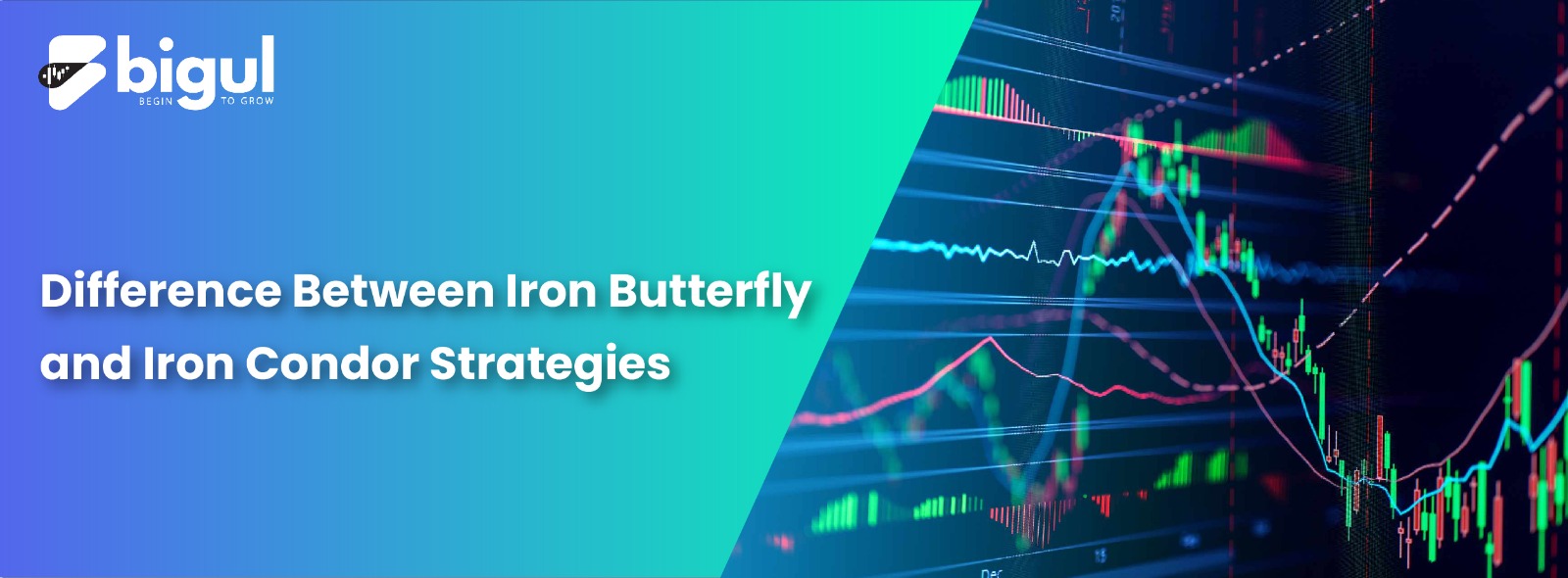In the world of trading, navigating options and futures can be both exciting and tricky. Two strategies, the Iron Butterfly and Iron Condor, stand out for managing risks and enhancing options trading. Despite their shared effectiveness, they differ in crucial ways that make them unique. These strategies act as valuable tools, offering traders a way to capitalize on market movements while minimizing potential downsides. Let’s discuss the key distinctions between the Iron Butterfly and Iron Condor strategies, shedding light on how each can influence your trading success.
What is an Iron Condor?
An Iron Condor is an advanced options trading strategy that profits from low volatility. It involves simultaneously selling an out-of-the-money (OTM) call and put while buying a further OTM call and put, creating a “wing” shape on the options chain. The goal is to capitalize on a low volatile consolidation market, with limited price movement. This strategy offers a defined risk and reward, making it attractive for investors seeking to generate income in relatively calm market conditions.
Components of Iron Condor
An Iron Condor involves the use of four different options contracts, combining both call and put options. The components of an Iron Condor include:
- Short Call Spread (Bear Call Spread)
- Short Put Spread (Bull Put Spread)
1. Short Call Spread (Bear Call Spread)
The short call spread in an Iron Condor involves selling a call option (bearish view) at a lower strike price to receive a premium. Simultaneously, a call option is bought at a higher strike, limiting potential losses. This spread aims to profit from a stable or slightly bearish market, with the sold call ideally expiring worthless.
2. Short Put Spread (Bull Put Spread)
The short put spread involves selling a put option (expressing a bullish view) and simultaneously buying a put option with a lower strike. This strategy aims to profit from minimal price movement, and the purchased put option limits potential losses. Traders use the strategy when anticipating low volatility, with the goal of the underlying asset’s price remaining within the defined range until expiration.
What is an Iron Butterfly?
An Iron Butterfly is an options trading strategy involving the simultaneous sale of a put and call with the same strike price, combined with the purchase of a put and call with different strike prices. This creates a position with limited risk and limited profit potential. The strategy is implemented with the expectation that the underlying asset will remain relatively stable, resulting in minimal price movement. It profits most when the asset closes at the strike price upon expiration, resembling the shape of a butterfly when graphed.
Components of Iron Butterfly
The iron butterfly strategy consists of four options trades:
- Bear call spread
- Bull put spread
- Short call
- Short put
All options have the same expiration date, and the three strike prices are equidistant. The short put and short call have the same strike price.
Important Differences Between Iron Condor and Iron Butterfly
Both the Iron Condor and Iron Butterfly are neutral options trading strategies used when an investor expects minimal price movement in the underlying asset. However, there are some key differences between the two strategies that traders need to understand.
1. Structure of Options
The key difference in structure between an Iron Condor and an Iron Butterfly lies in their options setup. An Iron Condor entails selling an out-of-the-money call and put, coupled with buying a higher out-of-the-money call and a lower out-of-the-money put. This creates a wide profit zone. On the other hand, an Iron Butterfly combines a short straddle with the purchase of out-of-the-money call and put options, resulting in a more narrow profit zone.
2. Strike Prices and Spread Width
The difference in strike prices and spread width is a crucial distinction between the Iron Condor and Iron Butterfly strategies. The Iron Condor involves varying strike prices for short and long options, creating a wider spread and increased risk. Whereas the Iron Butterfly employs identical strike prices, resulting in a narrower spread that limits potential profit but reduces overall risk, appealing to traders seeking a more conservative approach to neutral market strategies.
3. Risk and Reward Profile
In terms of risk and reward, the Iron Condor and Iron Butterfly strategies both offer limited profit potential and risk. The Iron Condor achieves its maximum profit when the underlying asset closes between the short call and put strike prices. Whereas the Iron Butterfly’s maximum profit occurs when the asset closes precisely at the strike prices of the short call and put. Both strategies are designed for neutral market conditions with low volatility.
4. Market Outlook
The market outlook for Iron Condor and Iron Butterfly strategies differs. Iron Condor is favored in low-volatility markets, anticipating sideways movement. Profit is achieved if the underlying asset stays within a specific price range. Conversely, Iron Butterfly is also suitable for low-volatility markets, where minimal price movement is expected. Profit is maximized if the underlying asset remains close to the strike prices of the short call and put options, emphasizing stability in a narrow range.
5. Risk Tolerance and Preference
The Iron Condor, with its wider spread, may be favored by those with higher risk tolerance, seeking larger potential profits. On the other hand, the Iron Butterfly, featuring a narrower spread and lower risk, is often preferred by traders with a more conservative approach. Tailoring the strategy to individual risk preferences is crucial in optimizing the balance between potential returns and acceptable levels of risk.
Which Is Better, Iron Condor or Iron Butterfly?
The choice between Iron Condor and Iron Butterfly depends on market conditions and individual preferences. The Iron Condor, with a wider spread, suits those seeking more potential profit in exchange for higher risk. On the flip side, the Iron Butterfly’s narrower spread offers lower risk but limited profit. Traders preferring a more conservative approach might lean toward the Iron Butterfly, while those comfortable with higher risk and potential reward might opt for the Iron Condor.
Ultimately, the better strategy depends on the trader’s risk tolerance, market outlook, and desired risk-reward profile.
Conclusion
While both the Iron Butterfly and Iron Condor strategies involve options trading and aim for limited risk and profit, they differ in their structure and market outlook. The Iron Butterfly is suitable for neutral markets, using a combination of long and short call and put options. On the other hand, the Iron Condor is used in mildly bullish or bearish conditions, utilizing short-strangle and long-strangle components. Understanding these distinctions helps traders choose the right strategy based on market conditions and personal preferences.




.jpg)





.jpg)
